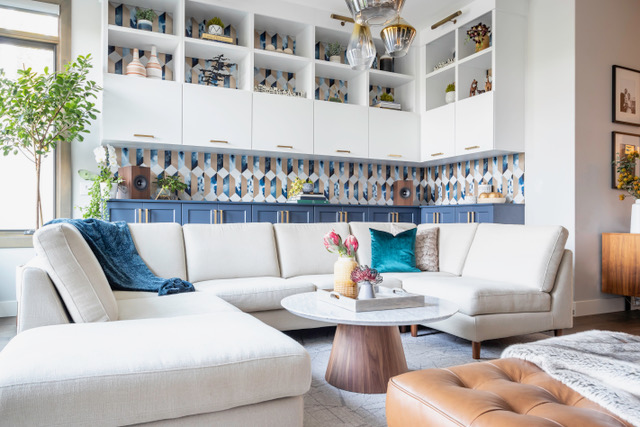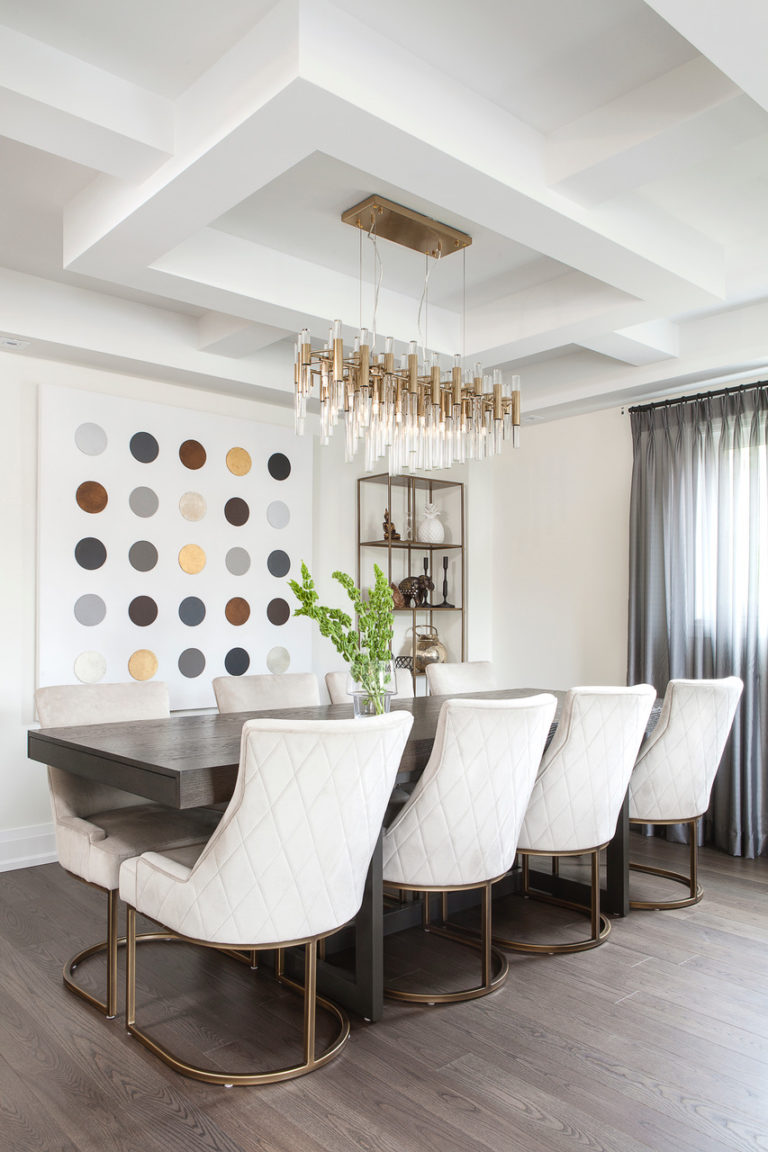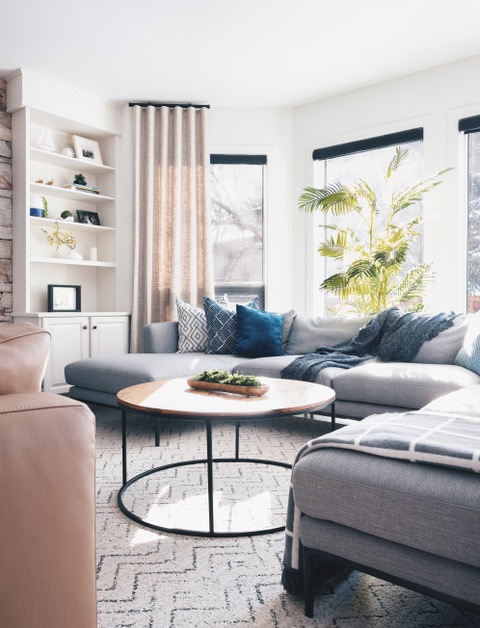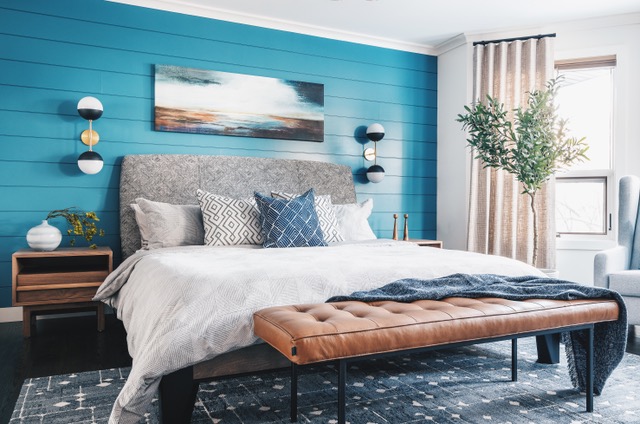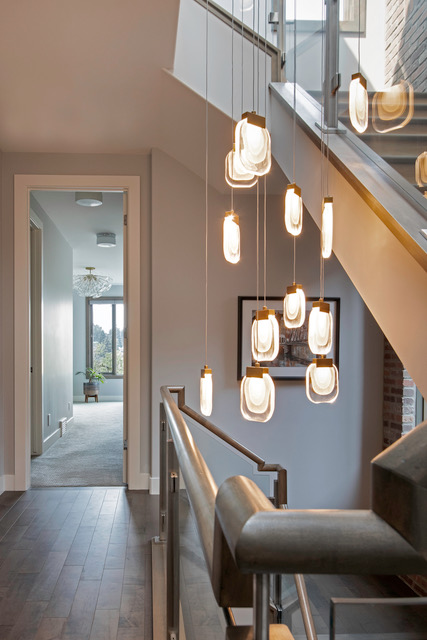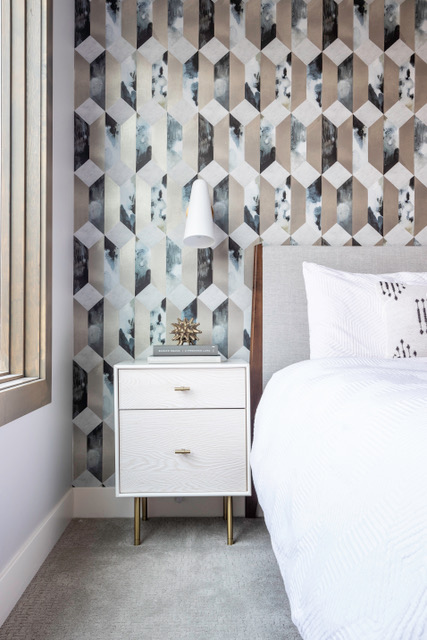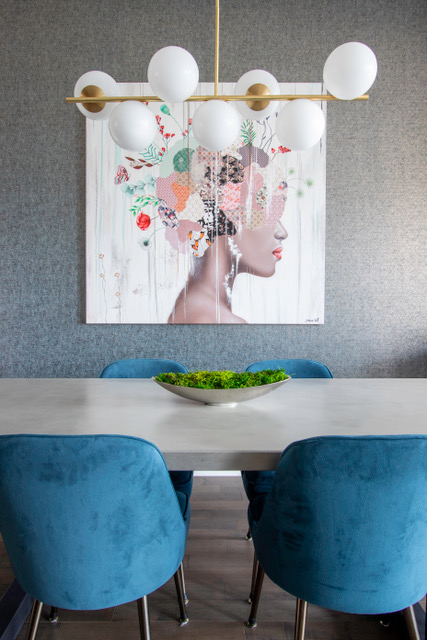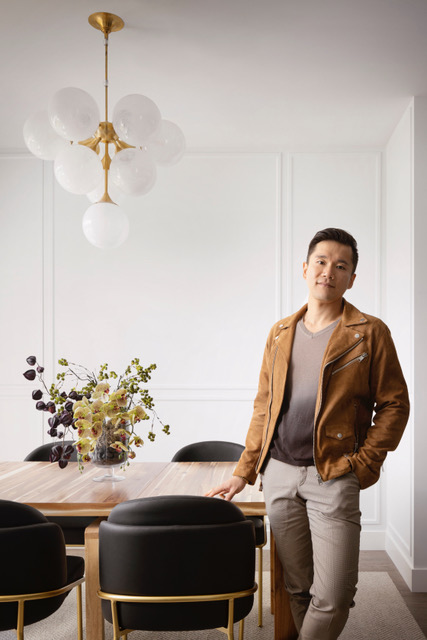By Louis Duncan-He
As someone who is a natural visual communicator, any time I get to start a new project (whether for a client or myself), I get excited as I start to marvel at all the endless possibilities. This is one of my favourite parts of the design process. However, it only recently dawned on me that not all folks feel this way when embarking on a new creative journey. In fact, from my conversations with my clients, this can be one of the most daunting experiences for a homeowner. Many of them have no idea where they are in the actual process, or where to start. How do I find the right designer? What is the fee structure like? What should my budget be? What is my style? The questions just seem endless, so I’m going to share some of the most commonly asked questions I get when meeting with a new client:
- Is my project big enough to be able to work with a designer?
I get this question a lot, and the truth is that it really depends on the scope of your project and what you hope to achieve. Most designers who have a proven track record of success have a process that helps guide their clients through the creative process. For the most part, top designers consider whether or not you want them to take a holistic look at your space to design it. The reason for this is because it’s very difficult for a designer to shift the tone of your space if you just want to replace your rug or a lamp. We want to be able to help you achieve your design goals, so ensuring we’re all set-up for success from the beginning is very important. - What budget should I have when working with a designer?
This is another very common question. Another important piece to differentiate is the difference between any interior design work (structural, renovations…remodel) vs interior decor work (refreshing furniture, selecting drapery, furniture planning and styling a room). A baseline I usually give most clients is to take an empty room (white walls, blank canvas) and to bring it from 0 to 100, it’s on average around $15,000 per room with an additional 30% in design fees. This is a reasonable budget usually allowing for some custom pieces as well as more cost effective retail pieces. Obviously this number will scale up or down depending on whether or not you have existing items you’d like to keep, and if you want to do any extensive upgrades that aren’t just surface level. - How do interior designers bill?
Every designer or studio bills differently. Some designers have an hourly rate that they keep track of and progress bills throughout the process. Usually they take a retainer payment (a deposit) up front that is applied to your last invoice. Some use a flat mark-up percentage (usually more common in the contracting world) of your overall project budget. Other designers use a flat fee billing structure where the scope of your project is defined up front, and they stick to an approved design fee (assuming that the scope doesn’t change). It’s also common for designers to use a combination of these three methods as well. It’s extremely important to understand the billing structure up front, so make sure you ask and get a thorough understanding of how your designer works. - Do I need to know my style or know what I want before working with a designer?
Absolutely not! The entire point of working with a designer is to help you fine tune your ideas and execute them. A good designer will be able to facilitate a fun briefing session where they can figure out what you want. Most people who aren’t in the design industry don’t use terms like “mid-century modern or modern coastal transitional”, so it can be a bit of a foreign world. A healthy working relationship with your designer is collaborative, it’s our job to help take you to places you didn’t know you could go, while still respecting who you are and reflecting your overall essence. - What should I look for when hiring the right designer for me?
Overall, there are 3 main factors you should consider:- Ensure the overall method in which the designer operates is inline with your own values. Is there transparency? Do you understand the fee structure? Does their contract make sense and provide protection for both you and the designer?
- Budget & Timeline: at the end of the day you have to make sure that working with the designer is not going to prevent you being able to actually buy furniture or do the work. If your designer’s fees are taking up more than 50% of your budget, then it may not be the most mutually beneficial relationship. You also want to ensure there are clear expectations on delivery and completion dates.
- Overall Fit & Vibe: hiring a designer is like committing to a 3-6 month relationship. We’ll get really personal, we may be literally in your bed, going through your sheets and will see you at your best and worst. You won’t always have enough time to clean when we pay a visit so you want to make sure you feel very comfortable with your designer. In addition, when looking at their work, try and get a sense if they have an overall sensibility that is close to yours. It’s not to say that someone who does a lot of modern work can’t deliver on a beautiful romantic bedroom, but usually designers who have a particular area they specialize in can do it very well and are much more efficient.
As you embark on this new creative journey, just remember that it should be an overall enjoyable process. Yes, there are always ups and downs during an extensive renovation or remodel, but the start of this process should be exciting, not stressful. At the end of the day, your initial meeting with them should leave you feeling rejuvenated and inspired.
BIO
Award winning Calgary designer Louis Duncan-He, principal of Louis Duncan-He Designs. With his signature West Coast perspective, he creates rich spaces that are relaxed, refined and restorative to the soul. www.louisdhe.com @louis.dhe
